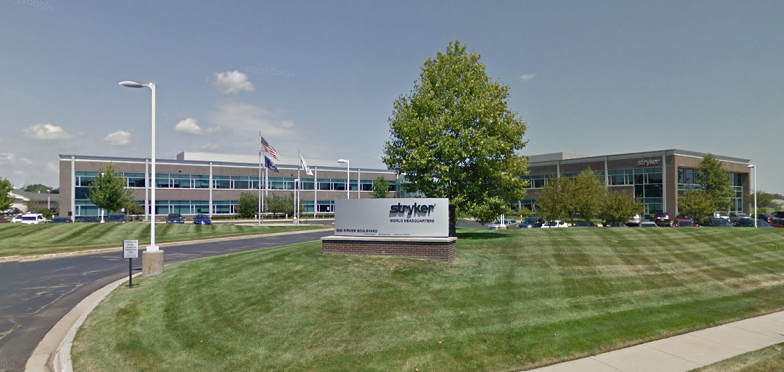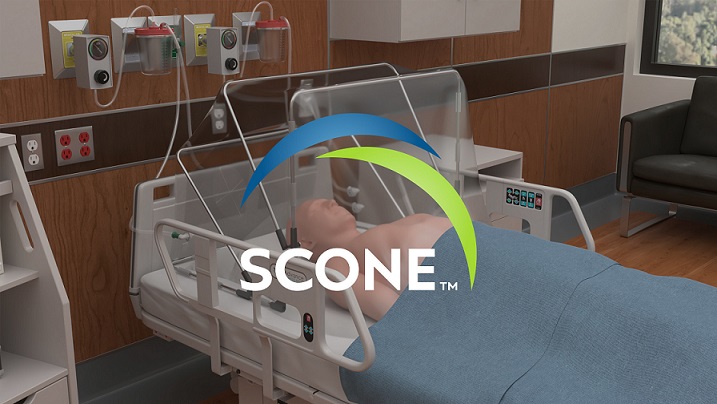Elizabeth Hofheinz, M.P.H., M.Ed.
Noting a rising growth rate of primary and revision shoulder arthroplasty procedures, researchers from The Permanente Medical Group in Sacramento, California, Kaiser Permanente in San Diego, and the Southern California Permanente Medical Group in San Diego, decided to search for patient and surgical factors associated with further revision of a shoulder arthroplasty revised for aseptic reasons.
Their work, “Risk Factors for Re-Revision Surgery in Shoulder Arthroplasty,” appears in the December 1, 2020 edition of The Journal of the American Academy of Orthopaedic Surgeons.
Mark T. Dillon, M.D. is Assistant Chief of Orthopedic Surgery, Kaiser Permanente Sacramento, Vice-Chair, KP Shoulder Arthroplasty Sourcing and Standards Team (SST) and Co-Lead, KP Shoulder Arthroplasty Registry. Dr. Dillon told OSN, “Within our health system, we noticed that as annual primary shoulder arthroplasty volumes increased, there was an associated increase in revision shoulder arthroplasty. It is known that outcomes of revision surgery can be less predictable. Before the study, we observed the significant impact revision surgeries could have on our patients. In an attempt to lessen the chance these patients would have to undergo even further surgery, which can be devastating for patients and surgeons alike, we wanted to look at re-revision rates of the procedures we had performed.”
For this cohort study, the team used the Kaiser Permanente Shoulder Arthroplasty Registry, assessing data from patients who underwent aseptic shoulder arthroplasty revision from 2005-2017. The patient variables assessed were age, body mass index (BMI), sex, race, diabetes status; surgical variables taken into consideration were surgeon cumulative revision volume, revision procedure type, and primary reason for revision by primary procedure type.
The researchers found that in this data set, revisions represented 5.3% to 7.8% of all shoulder arthroplasty procedures. “Factors associated with re-revision surgery risk by procedure type included increasing BMI and hemiarthroplasty revision procedure compared with reverse total shoulder arthroplasty (RTSA) revision procedure for hemiarthroplasty primaries; diabetes, revision because of instability, and lower cumulative surgeon revision procedure volume for RTSA primaries; and TSA revision procedure compared with RTSA revision procedure for TSA primaries,” wrote the authors.
“When revising hemiarthroplasty and anatomic total shoulder arthroplasty, surgeons may want to consider revising to RTSA,” said Dr. Dillon to OSN. “When RTSA was performed in these cases, we found that it was less likely that patients would require additional revision surgery when compared to performing another hemiarthroplasty or anatomic total shoulder arthroplasty.”
“When a patient requires revision shoulder arthroplasty, it can be a difficult experience for patient. By carefully considering what procedure to perform in a revision setting, as a surgeon you can attempt to minimize the chance that these patients will require even further surgery.”



